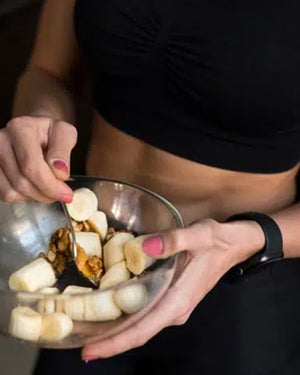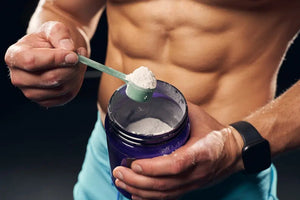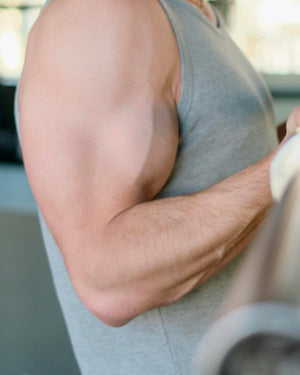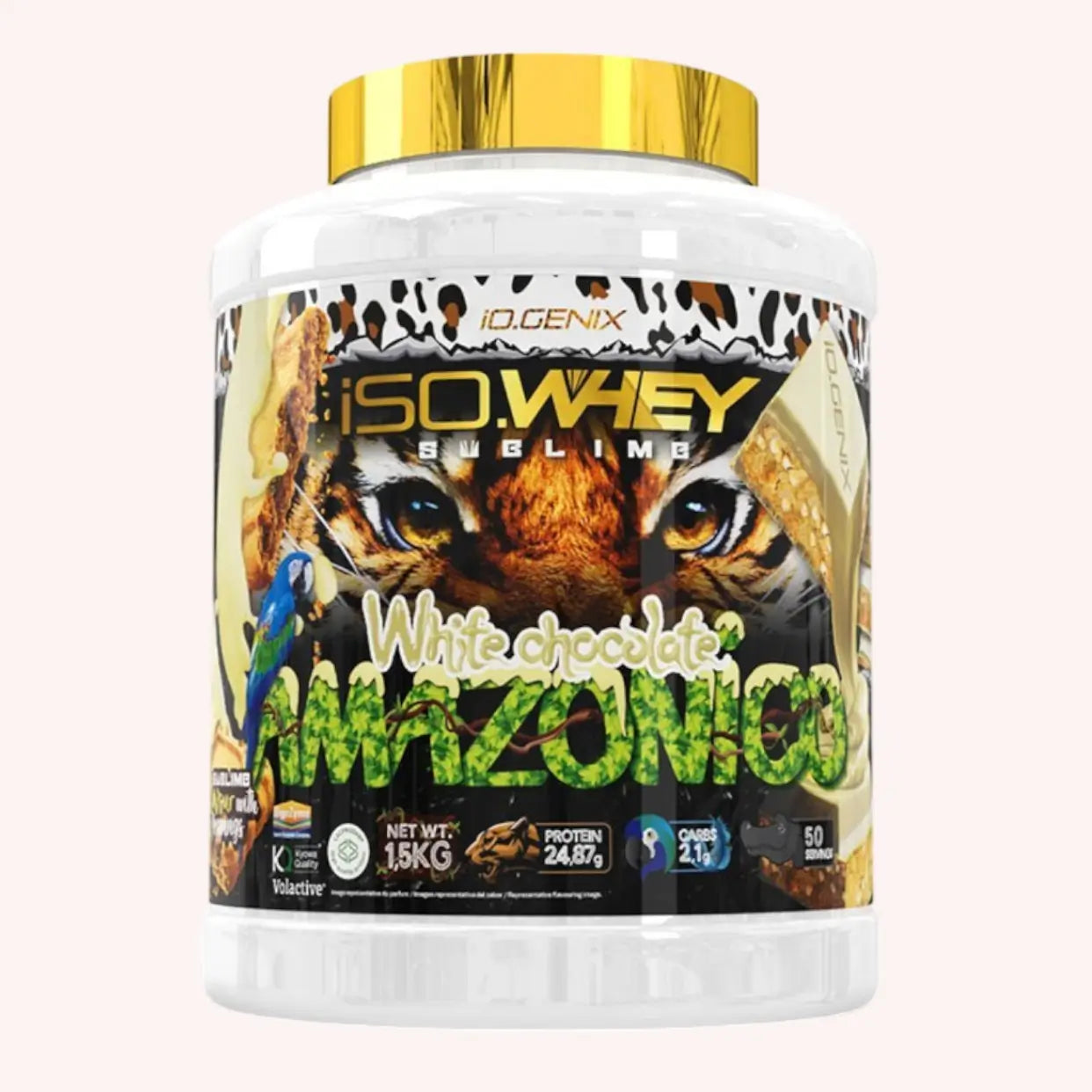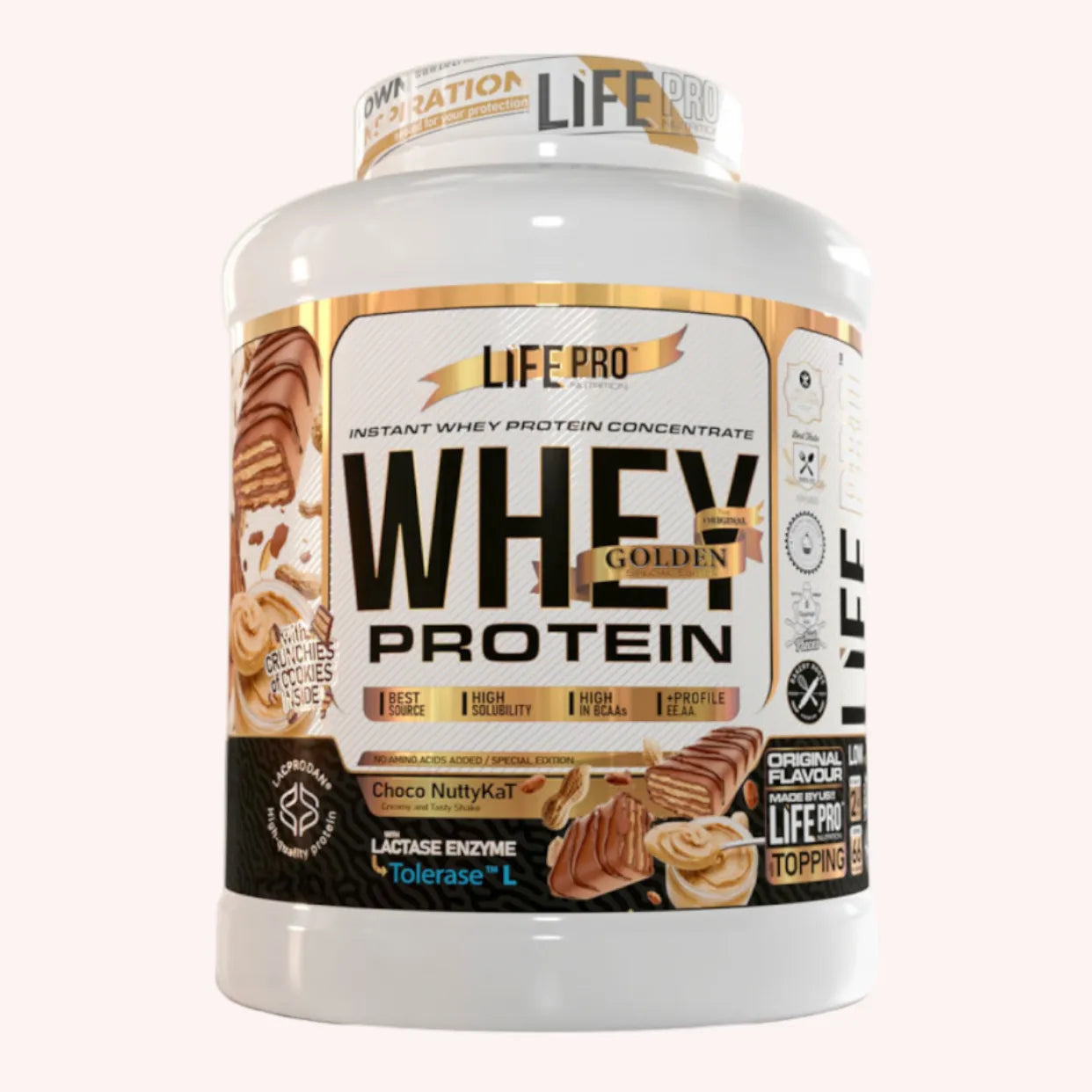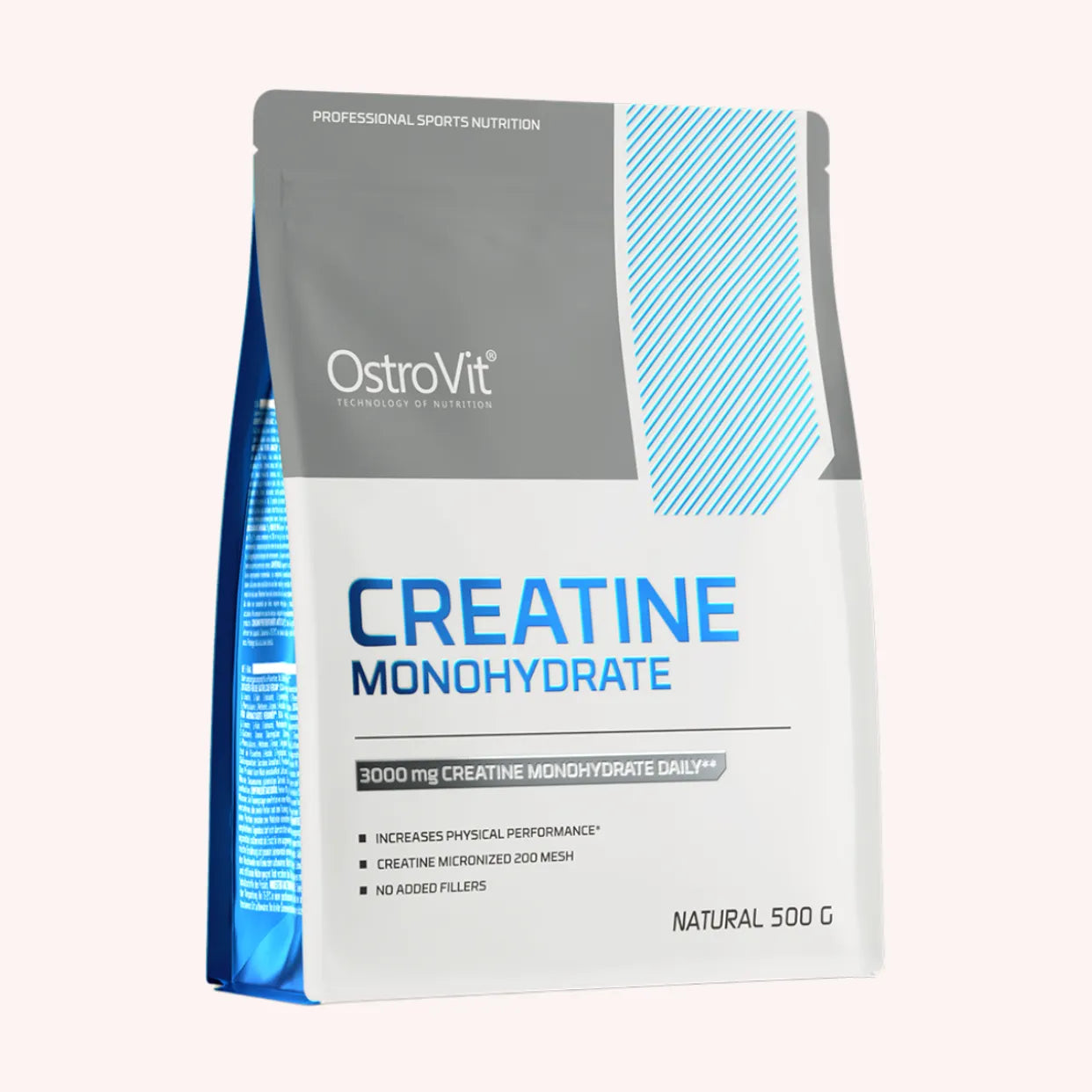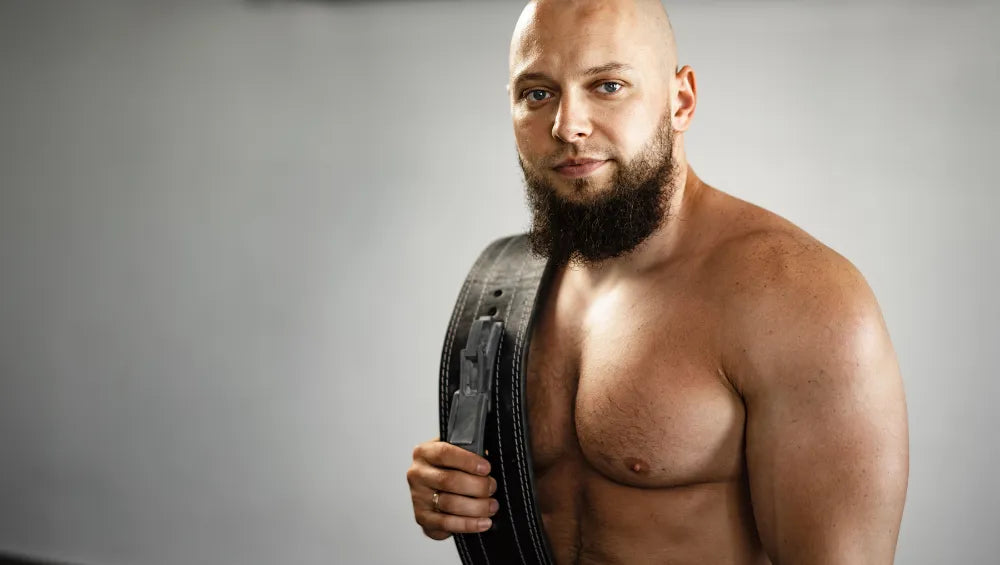Arm training is one of the most common goals for people who regularly work out in the gym, whether it's to gain strength, sculpt an athletic figure, or improve physical performance. But to achieve optimal results, it's important to understand the fundamentals of effective arm training. This article will guide you through best practices for arm training, detailing key exercises, programs suited to different levels, and the best strategies for avoiding common mistakes.
Using information based on recent scientific research, you'll discover how to get the most out of your workouts. Whether you're a beginner or an advanced athlete, this article will provide you with reliable resources to optimize your training and achieve your goals.
What is arm training and why is it important?
Arm training involves performing physical exercises specifically designed to strengthen and develop the arm muscles. This includes the biceps, triceps, and forearm muscles. These muscles are not only responsible for overall physical strength, but they also play a vital role in many daily activities and sports.
The benefits of arm training:
- Increased Functional Strength: Arm muscles are crucial for many daily movements (carrying heavy loads, pushing, pulling, etc.).
- Improved Physical Appearance: Sculpted and defined arms are often seen as a sign of good physical fitness.
- Injury Prevention: Proper arm training helps strengthen the elbow and shoulder joints, reducing the risk of injury.
The biceps and triceps are the main muscles that make up the arms, but the forearms also play a key role in strength and stability. When you build arm strength, you help improve the functionality of your entire body.
Arm Anatomy: Understanding the Targeted Muscles
| Muscle | Description | Targeted Exercises |
| Biceps Brachii | The biceps brachii , often referred to simply as biceps , are located at the front of the upper arm. They are responsible for flexing the elbow and allowing the forearms to be raised. They are the most visible muscle and are often associated with a "muscular" arm appearance. |
- Dumbbell Curl: A classic for targeting the biceps. - Low pulley curl: Provides constant tension, ideal for working the biceps in depth. - Incline Curl: Performing this movement on an incline bench allows you to work the biceps from a different angle. |
| Triceps Brachii | The triceps are located at the back of the upper arm. They are responsible for elbow extension and are essential for the overall muscular balance of the arm. Although less visible, they play a major role in arm strength and stability. |
- Dips: Using body weight, dips are an excellent exercise for working the triceps. - Dumbbell triceps extensions: Very effective for targeting the long head of the muscle. - Push-ups: Positioning your hands close to your body allows you to concentrate the work on your triceps. |
| Forearm | The forearms are a group of muscles, primarily the flexors and extensors, which are responsible for grip, strength, and stability of the wrist and arm. Working the forearms improves grip and is essential for preventing injuries. |
- Dumbbell wrist curls: To strengthen the forearm flexor muscles. - Dumbbell Wrist Extensions: Targets the forearm extensors. - Dumbbell Wrist Rotations: Improves grip and strengthens both flexors and extensors. |
| Anterior Brachial | The brachialis anterior is a muscle located below the biceps. Although often overlooked, it plays a crucial role in elbow flexion and provides mass to the upper arm. |
- Hammer Curl: This movement specifically targets the anterior brachialis while also working the forearms. - Barbell curl: By changing the grip, you put more stress on the brachialis. |
| Coracobrachialis | The coracobrachialis is a small muscle located in the upper arm, between the biceps and triceps. Although its role is often underestimated, it participates in flexion and adduction of the upper limb. | - Dumbbell Lateral Raise: Although this exercise is more focused on the shoulders, it also engages the coracobrachialis in certain positions. |
| Deltoids | The deltoids are the muscles of the shoulder, but some of them, particularly the anterior deltoid, are also involved in certain arm movements. They are essential for arm stability and overall upper limb movement. |
- Military press: This is one of the best exercises to strengthen the entire deltoid. - Front Raises: Targeting the anterior deltoid helps with arm stability and improves pushing strength. |
By including a variety of exercises that target these muscles in a balanced way, you can achieve not only stronger arms, but also more functional and aesthetically defined ones.
Remember to vary your exercises and follow a training program adapted to your level for optimal results.
Best Exercises for Arm Building
To achieve strong, sculpted arms, it's essential to choose the right exercises and use a variety of equipment. Each type of equipment has specific benefits, and combining them can allow you to target muscles from different angles, maximizing muscle gains. It's also essential to warm up properly before each session to prepare your muscles and avoid injury. Using a resistance band for a light warm-up is a great way to prepare your upper body for exercise.
Biceps Exercise
- Dumbbell Curls: The dumbbell curl is a classic for targeting the biceps. It allows each arm to be worked independently, promoting muscle symmetry. To avoid stressing other muscle groups, keep your elbows close to your body and perform the movement in a slow, controlled manner. Using dumbbells also allows for a greater range of motion compared to machines, which is essential for complete bicep development.
- Incline Dumbbell Curl: Performed on an incline bench, this exercise targets the biceps from a different angle. This places more emphasis on the long head of the biceps, providing better muscle recruitment. Using dumbbells on an incline bench allows for greater range of motion, recruiting more muscle fibers than machines or cables.
Triceps Exercise
- Dips: Dips are one of the best exercises for targeting the triceps. Performed on a bench or parallel bar, they intensely work these muscles while also engaging the shoulders and pecs. The advantage of dips is that they use your body weight, making them particularly effective for building functional strength. It's important to maintain complete control of the movement to avoid overworking the shoulders.
- Pulley Triceps Extensions: Using a pulley for triceps extensions allows you to work the muscle throughout its full range of motion, particularly by providing constant tension. Depending on hand position and angle, this exercise can target different parts of the muscle, including the long head of the triceps, which is often more difficult to develop with traditional exercises like dips.
Forearm Exercise
- Dumbbell or Barbell Wrist Curls: This classic exercise strengthens the forearm flexors . You can perform it with dumbbells or a barbell . It's essential to isolate the forearms properly and avoid allowing momentum or the upper arms to compensate. This helps develop a stronger grip and better muscle definition.
- Dumbbell Wrist Rotation: This exercise works both the forearm flexors and extensors. It's great for improving your grip , which is essential in many strength training and weightlifting exercises. You can start with light dumbbells and gradually increase the weight as you gain strength.
Differences between equipment types
- Dumbbells: Offer a wide range of motion and allow each arm to be worked independently, which is ideal for correcting muscle imbalances. They are particularly effective for strengthening muscle stability and coordination.
- Free weights: These allow you to work with heavier weights, which is ideal for developing maximum strength. However, they require more control and technique, especially to avoid injury.
- Machines: Machines are ideal for beginners because they guide the movement and reduce the risk of poor posture. They allow you to target specific muscles in a more isolated manner, but limit freedom of movement compared to dumbbells and barbells.
- Pulleys: Pulleys provide constant tension throughout the movement, which can be more beneficial for continuously stimulating muscles. They are particularly effective for isolating certain muscle groups and working the upper part of the movement.
Arm Building Program: Beginner to Advanced
A structured training program is essential for optimal progress. It is also advisable to combine arm sessions with back or chest and shoulder workouts, as these muscle groups complement each other well. For example, working the biceps with the back or the triceps with the chest and shoulders maximizes recovery while stimulating the entire upper body.
This alternation of sessions optimizes muscle gains while reducing the risk of overworking certain muscles.
| Level | Session 1: Biceps and forearms | Session 2: Triceps and forearms |
| Beginner |
Dumbbell Curls (3x12) Rest: 60-90 seconds |
Triceps Extensions with Pulley (3x12) Rest: 60-90 seconds |
|
Dumbbell Wrist Curls (3x15) Rest: 45-60 seconds |
Dumbbell Wrist Rotations (3x15) Rest: 45-60 seconds |
|
|
Dumbbell Wrist Rotations (3x15) Rest: 45-60 seconds |
Push-ups (3x15) Rest: 45-60 seconds |
|
| Intermediate |
Dumbbell Curls (4x10) Rest: 60-90 seconds |
Dips (4x10) Rest: 60-90 seconds |
|
Incline Curl (3x12) Rest: 60-90 seconds |
Barbell Wrist Curls (4x15) Rest: 45-60 seconds |
|
|
Barbell Wrist Curls (4x15) Rest: 45-60 seconds |
Dumbbell Wrist Rotations (4x12) Rest: 45-60 seconds |
|
| Advance |
Barbell Curl (4x8) Rest: 60-90 seconds |
Weighted Dips (4x8) Rest: 60-90 seconds |
|
Incline Curl (4x10) Rest: 60-90 seconds |
Dumbbell Triceps Extension (4x10) Rest: 60-90 seconds |
|
|
Barbell Wrist Curls (5x15) Rest: 45-60 seconds |
Dumbbell Wrist Rotations (5x12) Rest: 45-60 seconds |
Why combine arm sessions with back, chest or shoulder workouts?
- Optimizes recovery: When you train your biceps with your back or your triceps with your chest and shoulders, the opposing muscles (like your biceps and triceps) rest while you train other muscle groups. This allows each muscle group to recover during the workout and prevents excessive fatigue.
- Maximizing Muscle Work: Bicep exercises are often combined with back movements (e.g., lat pulldowns, pull-ups), while tricep exercises are combined with chest and shoulder movements (e.g., bench press, push-ups). This combination promotes optimal upper body muscle engagement in a session.
- Training Volume Distribution: Working one muscle group with another adjacent group allows for better distribution of training volume, maximizing results without overloading the arms in each session.
By following this structured program and intelligently combining these sessions with those for the back, pectorals or shoulders, you promote complete and balanced muscular development.
Remember to respect the necessary rest periods to allow your muscles to repair and strengthen after each workout.
Arm Building Without Equipment: Is It Possible?
It's entirely possible to work on arm strength without equipment. Here are some exercises that can be done at home or outdoors, without the need for dumbbells or special equipment.
Exercises without Equipment:
- Classic Push-Ups and Diamond Push-Ups: Push-ups are a great exercise for working your triceps and biceps . By changing your hand position (wider or closer together), you can vary the intensity and target different muscles.
- Bench Dips: This exercise works well for the triceps and can be performed with a bench, chair, or even a table.
Nutrition: A pillar for muscular arms
A healthy, balanced diet is essential to promote muscle growth, as it provides the nutrients needed to repair and build muscle tissue after exercise.
Proper nutrition also helps improve your performance by providing the energy needed for more intense and effective workouts.
| Element | Role | Quantity/Recommendation | Food Sources |
| Proteins | The foundation of muscle building. They are essential for muscle repair and growth. | Consume approximately 1.6 to 2.2 g of protein per kg of body weight per day. | Lean meats, fish, eggs, dairy products, legumes, whey . |
| Carbohydrates | Provides the energy needed for workouts and muscle recovery. | Focus on complex carbohydrates . For example, consume 3 to 5 g of carbohydrates per kg of body weight depending on the intensity of the training. | Brown rice, quinoa, vegetables, fruits, sweet potato flour . |
| Healthy Fats | Essential for hormone production, particularly testosterone, key to muscle gain. | Consume healthy fats in moderation: 25 to 35% of total calorie intake. | Avocados, nuts, oily fish, olive oil, chia seeds, nut butter . |
| Hydration | Prevents fatigue and supports muscle recovery. | Consume 2 to 3 liters of water per day depending on physical activity. | Water, infusions, homemade smoothies with no added sugar. |
| Meal Timing | Optimizes muscle recovery by providing essential nutrients after training. | Eat a meal rich in protein and carbohydrates within 30 to 60 minutes after training to promote muscle repair. | Chicken with rice, protein shake with banana, Greek yogurt with fruit. |
Conclusion :
Arm training is essential for improving strength, aesthetics, and functionality. Whether you're a beginner or advanced, a structured, well-designed workout will help you achieve lasting results. By following the tips in this article, you can not only strengthen your biceps , triceps , and forearms , but also maximize your progress while avoiding common mistakes.
Remember to always respect your limits and adapt your training program to your level and goals. A healthy, balanced diet and good sleep are also essential for optimal muscle gains.
Sources:
- McLeod, JC, Currier, BS, Lowisz, CV, & Phillips, SM (2023). The influence of resistance exercise training prescription variables on skeletal muscle mass, strength, and physical function in healthy adults : An umbrella review. Journal of Science and Health Sciences. DOI: https://www.sciencedirect.com/science/article/pii/S2095254623000601?via%3Dihub
- Schoenfeld, B.J., Ogborn, D., & Krieger, J.W. (2016). Effects of Resistance Training Frequency on Measures of Muscle Hypertrophy: A Systematic Review and Meta-Analysis . Journal of Strength and Conditioning Research . : https://pubmed.ncbi.nlm.nih.gov/27102172/
- Wirth, J., Hillesheim, E., & Brennan, L. (2020). The Role of Protein Intake and its Timing on Body Composition and Muscle Function in Healthy Adults : A Systematic Review and Meta-Analysis of Randomized Controlled Trials. Journal of Nutrition. DOI: https://pubmed.ncbi.nlm.nih.gov/32232404/

